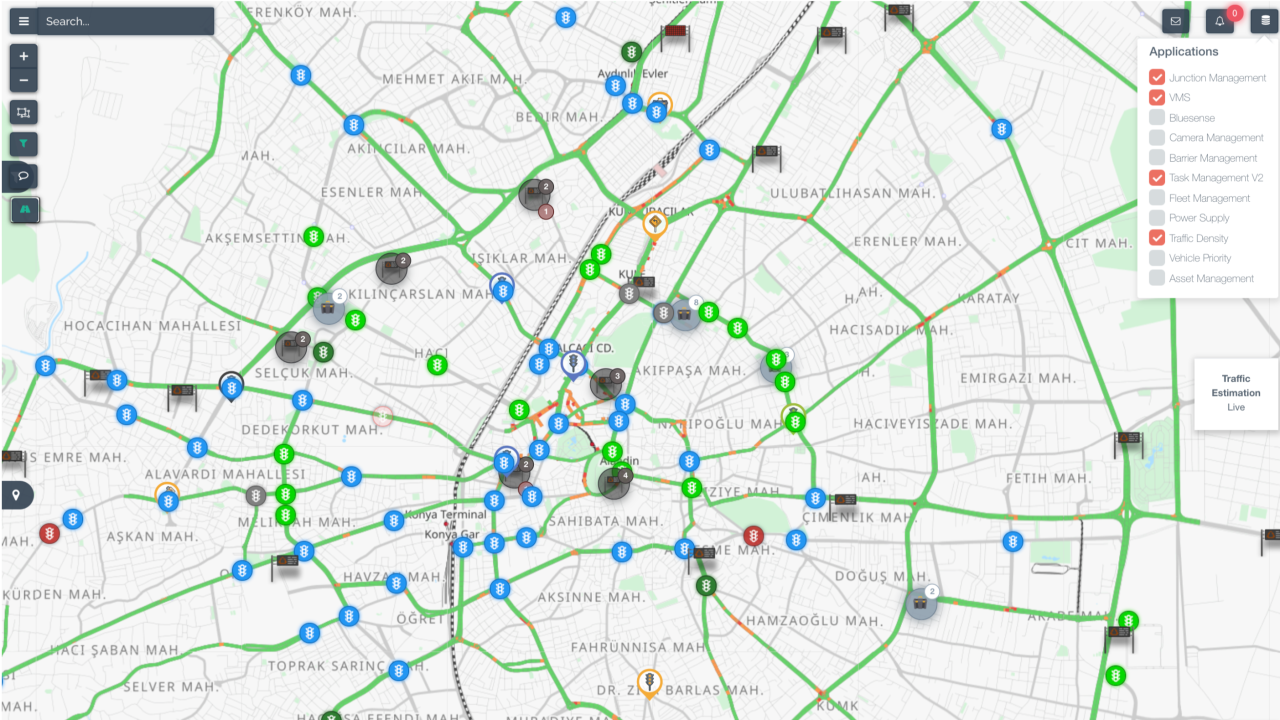
METIS: Interoperable Mobility Analytics and Management Platform
A full control effect on the traffic network to reduce congestion and make traffic management operations efficient with managing and analyzing the mobility of the city from a single center
Supported by: EIT Urban Mobility
Product Details
METIS is an IoT-based, interoperable central traffic management and analysis platform that collects mobility related data from different data sources and turns them into actionable insights and recommendations.
How it can help for you?
- Provides traffic management, control and big data analysis on a single centralized platform
- Offers full control and management over the traffic network
- Provides a reduction in traffic congestion and average travel times
- Provides rapid intervention by providing remote control of systems and devices in the field
- Reduces the negative environmental effects of traffic by reducing carbon emissions and fuel consumption
- Contributes to the reduction of material damage accidents in the traffic network with the possibility of rapid intervention
- Helps to make demand-oriented improvements by providing an understanding of the city’s mobility behaviors and travel demands with analysis based on big data.
Availability
Discover cities and markets where the product is available











